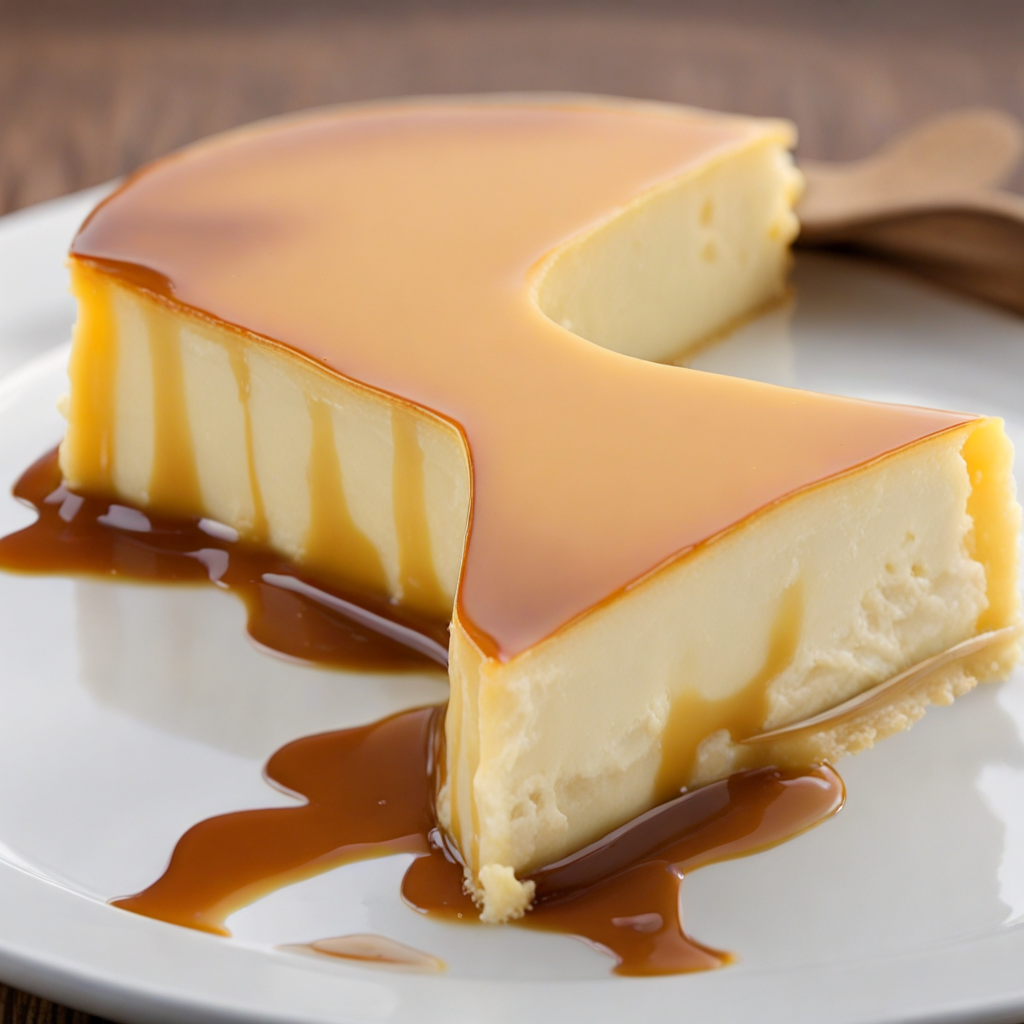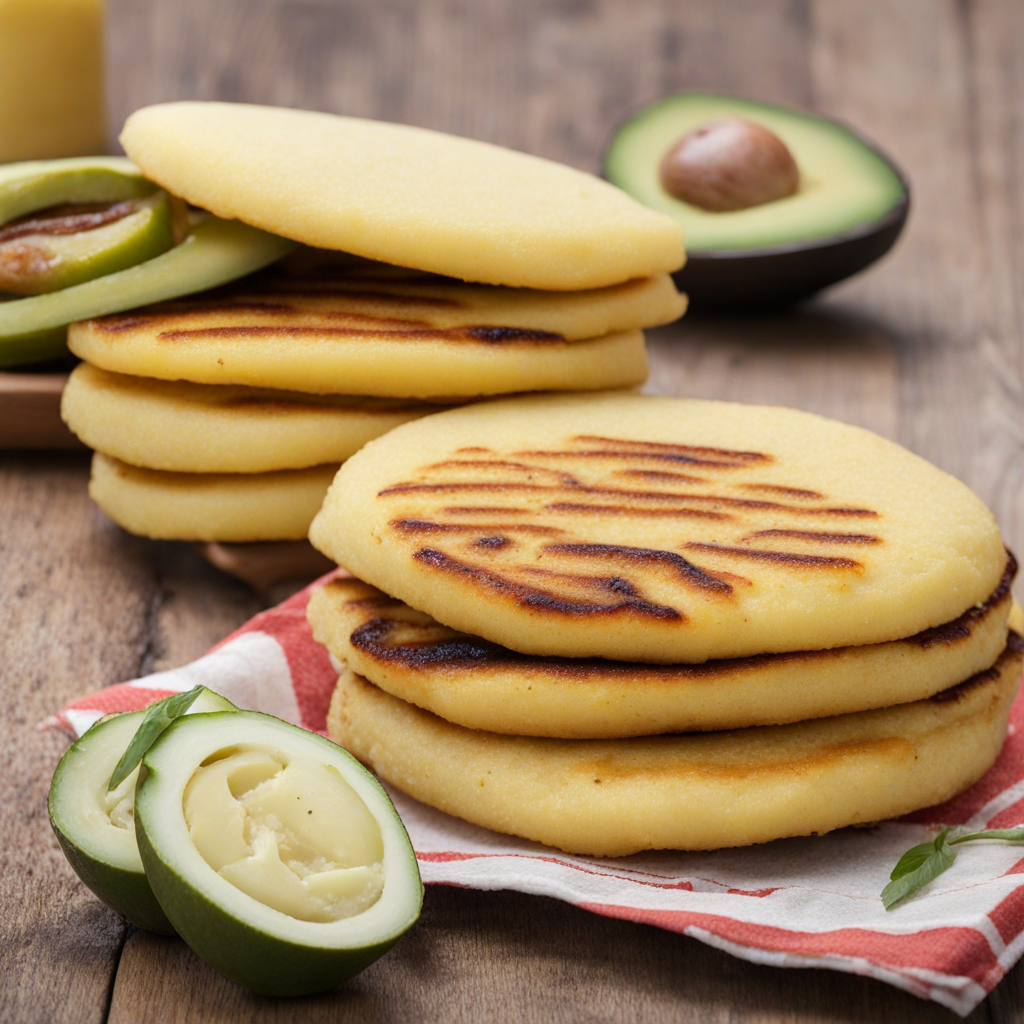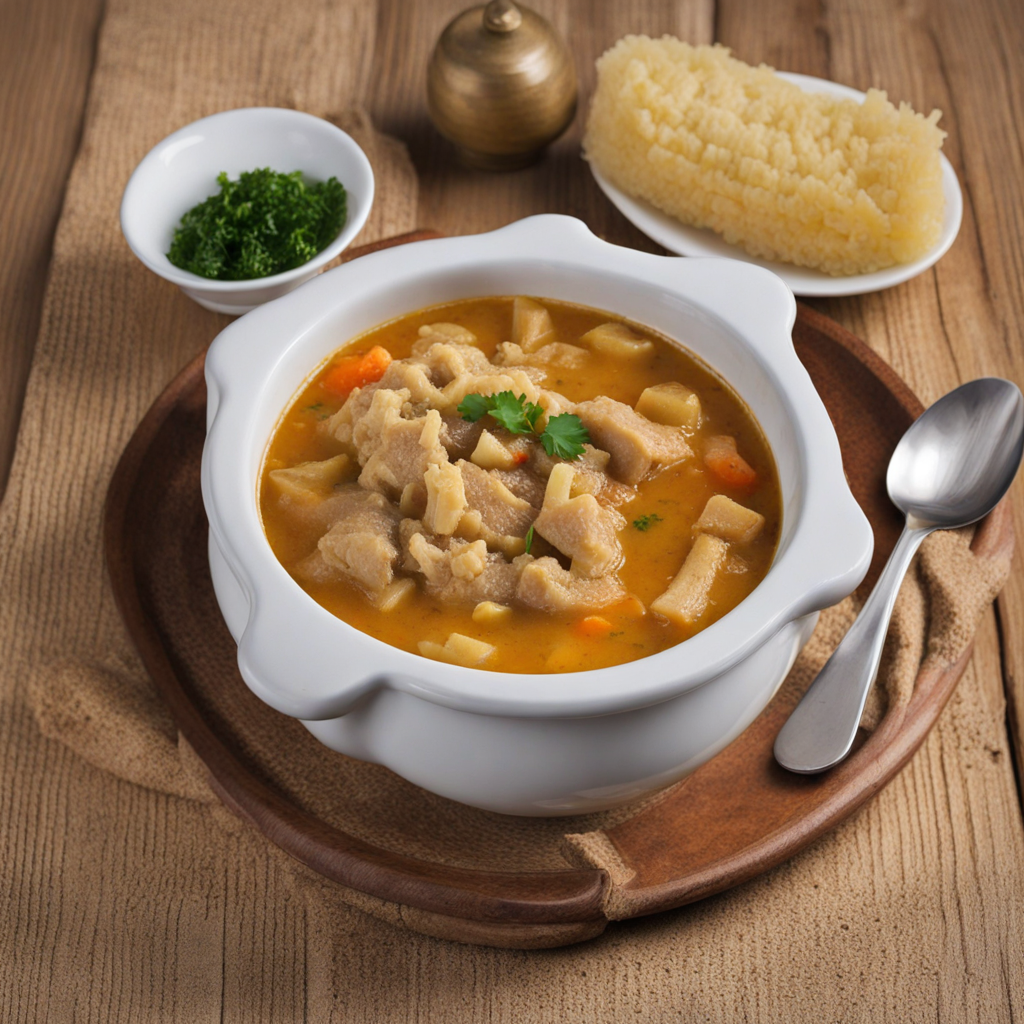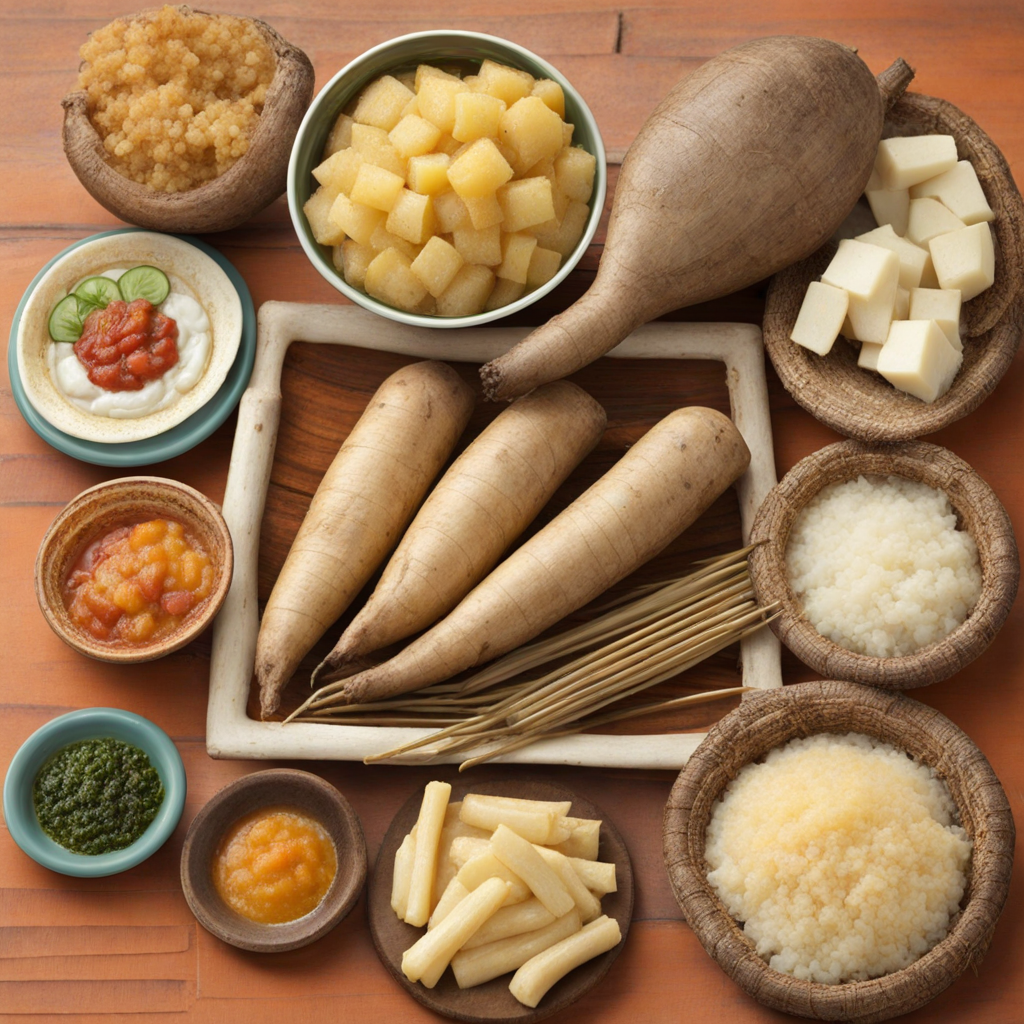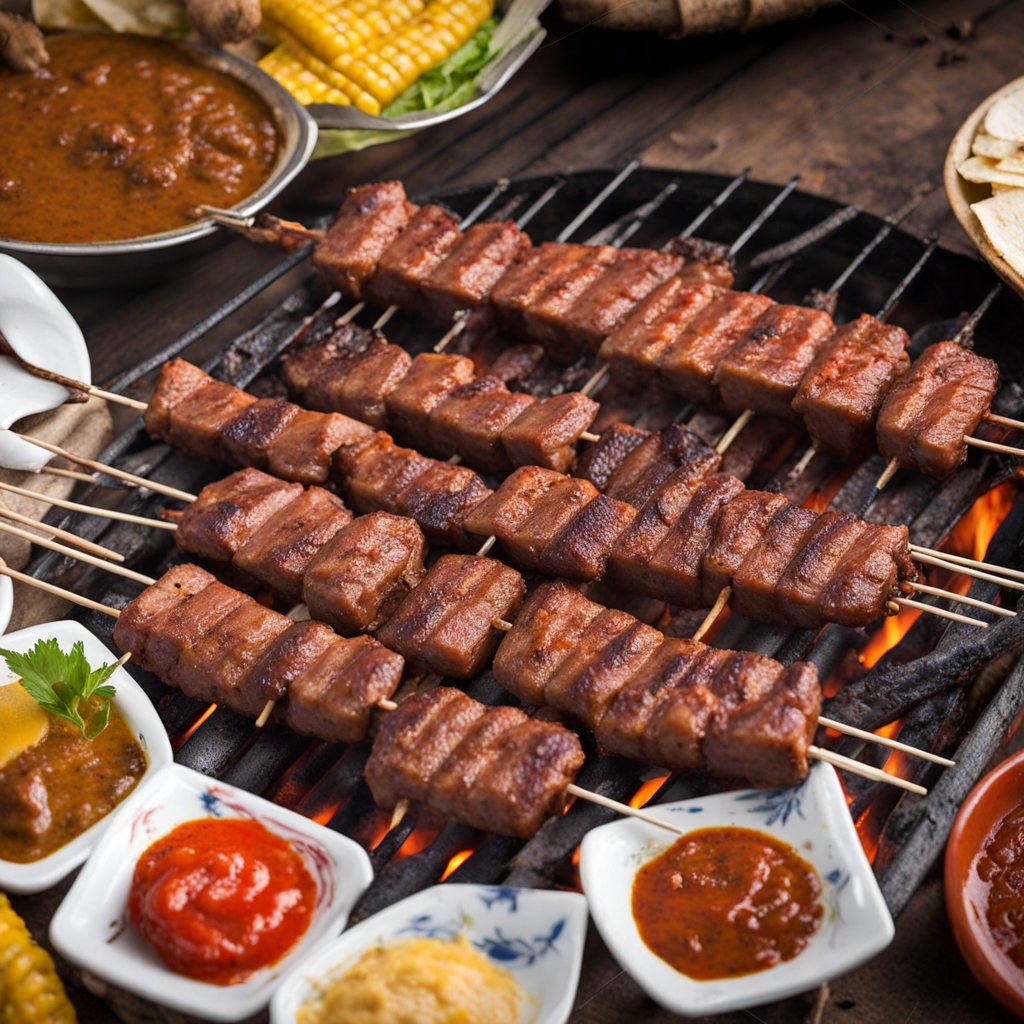Quesillo
Quesillo is a delightful Venezuelan dessert that captures the essence of indulgence with its creamy texture and rich flavor. Often described as a cross between a flan and a crème caramel, this sweet treat is made primarily from eggs, sweetened condensed milk, and a touch of vanilla. The mixture is baked until it achieves a smooth, silky consistency that melts in your mouth. The caramel topping adds a luscious sweetness that complements the mild flavors of the base, creating a harmonious balance that is both comforting and satisfying. One of the standout features of quesillo is its simplicity. The ingredients are readily available, yet the final product feels luxurious and special, making it a popular choice for celebrations and gatherings in Venezuelan culture. The baking process allows the flavors to meld beautifully, resulting in a dessert that is not only visually appealing but also a joy to eat. Each bite reveals layers of caramel and custard that dance together, leaving a lingering sweetness on the palate. Quesillo can be enjoyed on its own or paired with fresh fruits, whipped cream, or even a sprinkle of cinnamon for an extra touch of flavor. Its versatility makes it suitable for any occasion, whether served as a comforting end to a family meal or as a show-stopping dessert at a festive event. Discovering quesillo is an invitation to explore the rich culinary traditions of Venezuela, where this beloved dish continues to bring smiles and satisfaction to dessert lovers everywhere.
How It Became This Dish
The History of Quesillo: A Venezuelan Delight #### Origins Quesillo, a cherished dessert in Venezuela, is often referred to as a type of flan or caramel custard, distinguished by its creamy texture and rich flavor. Its roots can be traced back to the Spanish colonial period, reflecting the complex interplay of indigenous, African, and European culinary traditions that characterize Venezuelan cuisine. The origins of quesillo lie in the introduction of dairy products and baking techniques by Spanish colonizers in the 16th century. The Spanish brought with them a wealth of culinary knowledge, including methods for making custards and desserts that utilized eggs, milk, and sugar. These ingredients were combined with local products, such as panela (unrefined whole cane sugar) and vanilla, which gave rise to the unique Venezuelan version of flan. The indigenous peoples of Venezuela contributed their own flavors and techniques, particularly the use of local fruits and spices. Over time, these influences melded to create a dessert that would become an integral part of Venezuelan culture. #### Cultural Significance Quesillo is more than just a dessert; it embodies the spirit of celebration and family in Venezuelan culture. It is a staple at birthdays, weddings, and communal gatherings, often served as a symbol of hospitality and joy. The preparation and sharing of quesillo reflect the values of togetherness and generosity that are central to Venezuelan social life. In many households, quesillo is a cherished family recipe passed down through generations, with each family adding its unique twist. Some use coconut milk for a tropical flavor, while others may incorporate flavors like coffee or chocolate, showcasing the regional diversity of Venezuelan cuisine. This adaptability allows quesillo to transcend mere dessert status, becoming a canvas for personal expression and cultural identity. Quesillo is also significant within the broader context of Latin American gastronomy, as it shares similarities with flan, crème caramel, and other custard-based desserts found across the region. Each country boasts its variations, but the Venezuelan quesillo remains distinct due to its specific preparation methods and traditional ingredients. #### Development Over Time As Venezuela evolved through the centuries, so too did the tradition of making quesillo. The 19th and early 20th centuries saw a burgeoning interest in culinary exploration and the creation of national dishes that reflected Venezuela's diverse heritage. During this period, quesillo began to gain popularity beyond family gatherings, appearing in restaurants and cafes as a symbol of Venezuelan cuisine. The rise of the middle class in the mid-20th century further propelled the popularity of quesillo. As more families could afford to enjoy dining out, traditional desserts like quesillo became a staple on restaurant menus. The dish also began to gain recognition outside of Venezuela, with expatriates bringing their recipes to other countries, where they would introduce quesillo to new audiences. In contemporary Venezuela, quesillo remains a beloved dessert but has also adapted to modern trends. With the rise of social media and food blogs, chefs and home cooks alike have shared their innovative takes on the traditional recipe. This has led to the emergence of various interpretations, including vegan and gluten-free versions, showcasing the versatility of quesillo. The economic challenges faced by Venezuela in recent years have also influenced the way quesillo is prepared and enjoyed. With the scarcity of certain ingredients, many families have had to improvise, using whatever they have on hand. This has led to a creative resurgence in the kitchen, as cooks experiment with alternative ingredients while still honoring the essence of the dessert. #### The Recipe At its core, traditional quesillo consists of a simple yet delightful combination of eggs, sugar, milk, and vanilla. The process begins with caramelizing sugar in a mold, which creates a sweet syrup that coats the bottom of the dish. The custard mixture is then prepared by whisking together eggs, sweetened condensed milk, evaporated milk, and vanilla before being poured over the caramel. The mixture is baked in a water bath until it sets, resulting in a smooth, creamy texture that is both comforting and indulgent. Though the traditional recipe remains popular, variations have emerged over the years. Some may add coconut or chocolate to the custard, while others may infuse the caramel with spices like cinnamon or nutmeg. The beauty of quesillo lies not only in its rich taste but also in its adaptability, allowing it to reflect the personal touch of each chef. #### Conclusion Quesillo represents more than just a sweet treat; it is a testament to Venezuela's rich culinary heritage and the blending of cultures that have shaped its identity. From its origins in the colonial kitchens of Spanish settlers to its place at the heart of family celebrations today, quesillo is a symbol of resilience, creativity, and community. As Venezuela continues to navigate its challenges, the tradition of making and sharing quesillo endures, reminding us of the importance of food in nurturing relationships and preserving cultural heritage. Whether enjoyed at a festive gathering or savored as a simple pleasure, quesillo remains a beloved dessert that captures the essence of Venezuelan life, proving that sometimes the simplest dishes can hold the deepest significance.
You may like
Discover local flavors from Venezuela


